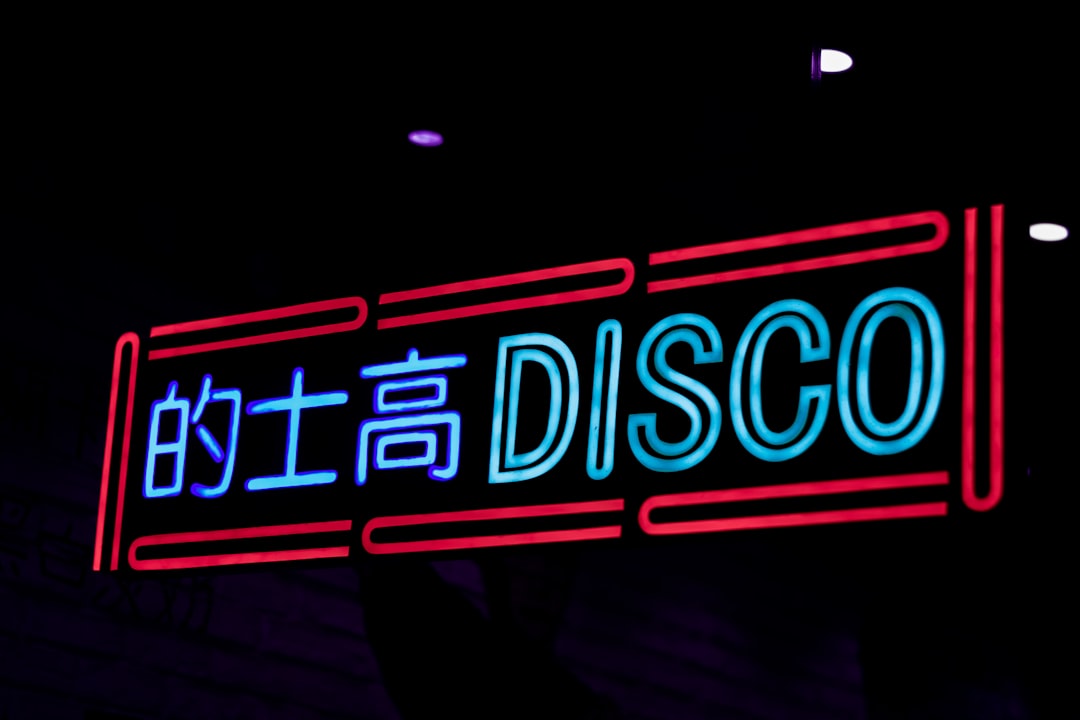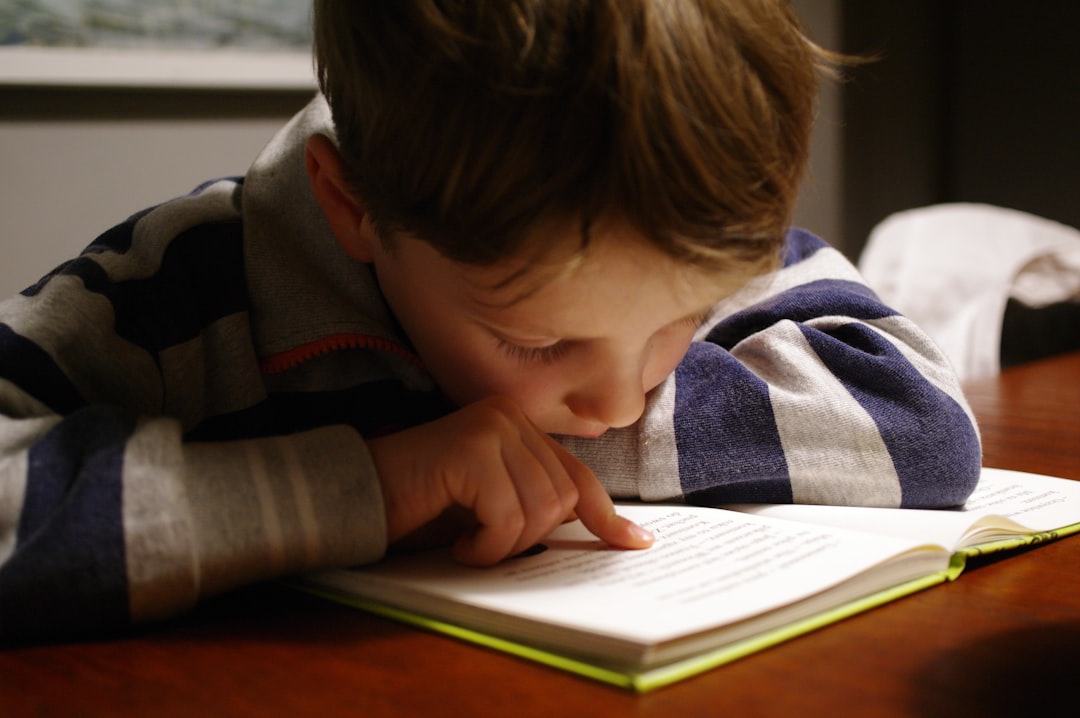What is it about?
Jazz education often involves students learning by practicing with a play-a-long backing track. This article is an in-depth examination and oral history of the play-a-long, focused on Jamey Aebersold's influential work.
Featured Image
Why is it important?
The Play-a-Long is ubiquitous in jazz learning, but under-examined. In this piece, I theorize the Play-a-Long as a conceptual technology that helps beginners acquire a mature technique. I also examine the slow emergence and expansion of the Play-A-Long over several decades, mapping the emergence of new pedagogic ideas, including new approaches to using chord-scales and pattern playing. Finally, I map how the Play-A-Long builds on Black music theory of chord-scale unity, through the work of George Russell and one of his most influential students David Baker.
Perspectives
The play-a-long itself often sits unnoticed in the background as a beginner learns to improvise and solo, so this piece exists to listen closely to the Play-a-Long as an artifact of mediated learning, and a kind of structure that allowed improvisation to enter into more settings in organized formal education.
Associate Professor Matthew Thibeault
Education University of Hong Kong
Read the Original
This page is a summary of: Aebersold’s Mediated Play-A-Long Pedagogy and the Invention of the Beginning Jazz Improvisation Student, Journal of Research in Music Education, August 2021, SAGE Publications,
DOI: 10.1177/00224294211031894.
You can read the full text:
Contributors
The following have contributed to this page










